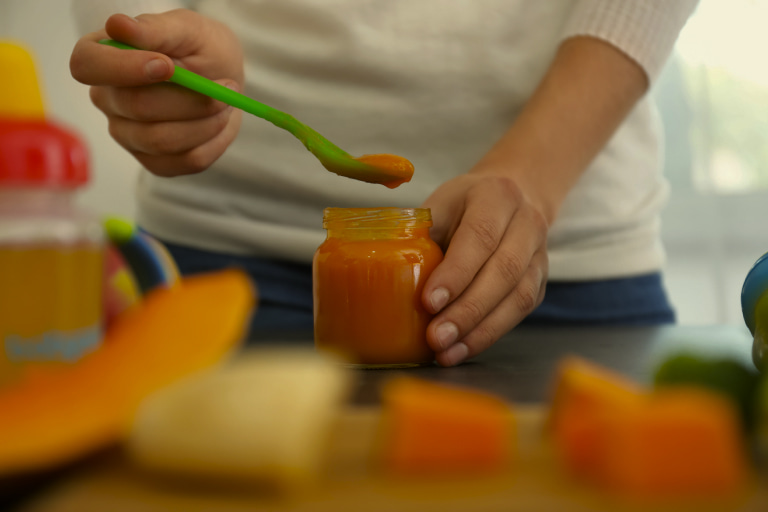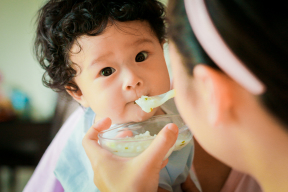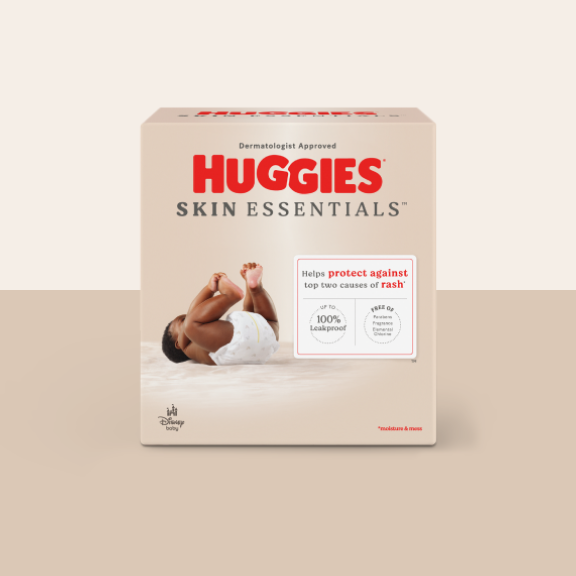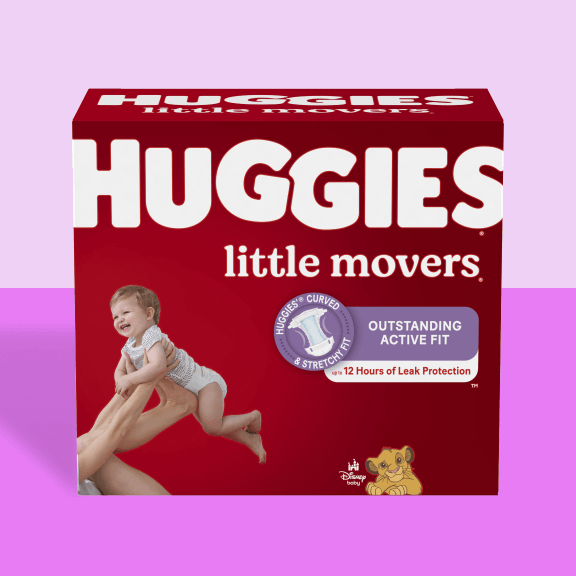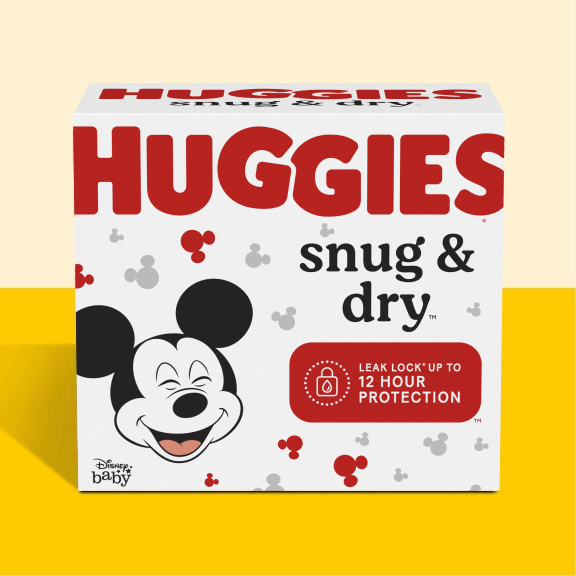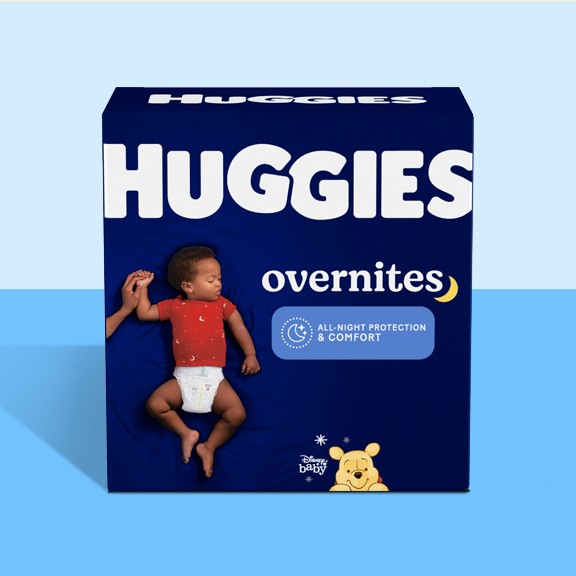Healthy baby food puree recipes
The Comfort of Cooking suggests steaming or roasting and then pureeing your veggies. she likes to start with sweet potato, apple, carrot, beet, and pear, among others. You can add in baby-friendly seasonings like olive oil, garlic powder and onion powder.
If you are going the baby-led weaning route, you would give your child cooked veggies (and some fruits that can be choking hazards, like apples) to begin with, cut into long finger-like strips for them to hold.
At this stage, if you are doing purees or baby-led weaning, it’s best to stick to single-ingredient items as you introduce potential allergens to your baby
Healthy baby recipes for 6- to 8-month-olds
Yummy Toddler Food has a large list of exciting combinations of purees that your baby can try, such as:
Apple + spinach
Apple + butternut squash
Banana + plain whole milk yogurt
Banana + oatmeal
Blueberry + avocado
Blueberry + peach
Carrot + quinoa
Carrot + bean
Mango + plain whole milk yogurt
Mango + avocado
Pear + peas
Pear + banana
If you have chosen to do baby-led weaning, you can continue offering your baby whole foods, cut into the appropriate size. Don’t forget to include iron-rich foods, which offer lots of nutrients, like sardines, red meat, dark meat poultry and more.
Healthy baby recipes for 8- to 12-month-olds
Baby apple banana oat muffins: Sally’s Baking Addiction’s baby apple banana oat muffins are a good introductory muffin recipe. It does not have refined sugar and uses banana, unsweetened applesauce, and coconut sugar to sweeten it. It also uses heart-healthy oats instead of refined white flour.
Breakfast egg cups from Baby Foode are a great way to get protein into your baby’s stomach if you’ve already passed the egg allergy introduction stage. Once you know it’s safe for your baby to have eggs, you can put anything you like into an egg cup, such as veggies, meat and cheese. With meats and cheeses, try to avoid highly processed meats or cheeses that could have a lot of saturated fat or sodium, which is not good for your baby.
Parmesan roasted cauliflower: My Kids Lick The Bowl’s parmesan roasted cauliflower is a great way to get veggies into your baby. Roasting helps add flavor, as does a sprinkling of parmesan cheese.
Secret veggie pasta sauce: A veggie pasta sauce like this one from Healthy Little Foodies is a great supplement to pasta—extra points if you are feeding your child a high-protein, high-fiber pasta made from lentils or chickpeas.
Carrot fries: You can do this with just about any veggie that can be cut into sticks, but try baking or air frying veggies like Plant-Based Juniors suggests so that your child can experience the texture of the vegetables.
Pancakes, nuggets, fritters and fingers of any kind are easy ways for your child to grip their food and self-feed.
Healthy toddler recipes
https://littlesproutslearning.co/healthy-pancake-recipe-for-kids/: This recipe from Little Sprouts Learning includes whole wheat flour instead of refined white flour and maple syrup or honey instead of sugar. (Children under one should not have honey, due to the risk of botulism.) Top with fresh fruit.
Taco cups: These taco cups by Plant-Based Juniors are cute and will be a hit with your kid. Plus, they are packed with vegetables. Toddlers love any sort of “fun” or portable food. They suggest using nutritional yeast, but you can use a full-fat, low sodium cheese like mozzarella if you wish.
https://www.theleangreenbean.com/gluten-free-pumpkin-yogurt-bars/ Full-fat yogurt is a great protein source for your toddler. These pumpkin yogurt bars are perfect for breakfast or a snack, and have eggs, nut butter and oat flour as a healthy base instead of refined sugar and refined flour.
https://mamaknowsnutrition.com/simple-mac-and-cheese-recipe-without-flour-kid-friendly/: This recipe from Mama Knows Nutrition uses whole-grain pasta and reduces the amount of cheese used by adding butternut squash or pumpkin.
Spinach grilled cheese: This recipe is from Healthychildren.org, a website by the American Academy of Pediatrics. It calls for whole-grain bread, spinach, and flavorful cheddar cheese.
Baked quinoa chicken nuggets: PureWow nails it with this toddler-friendly recipe for chicken nuggets. They’re crunchy, handheld, and healthy thanks to quinoa instead of traditional breading.
Sweet potato frittata fritters: This recipe from Annabel Karmel will please your toddler, as well as help them get good nutrients from veggies, eggs, and herbs.
Now that you have an idea of recipes for each stage of your baby’s feeding journey, check out sites like Pinterest for even more inspiration.
